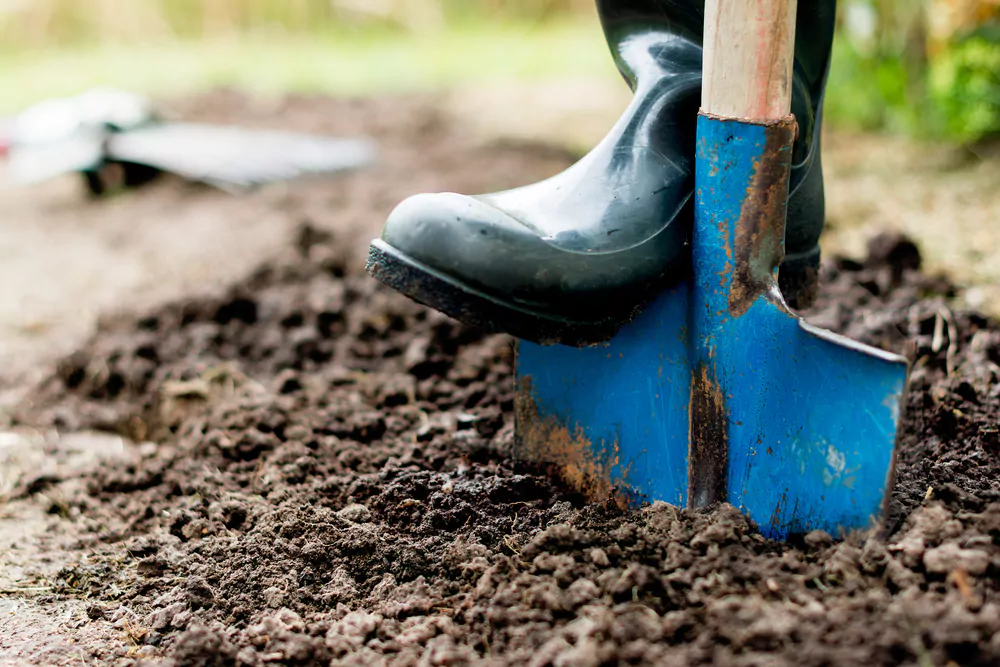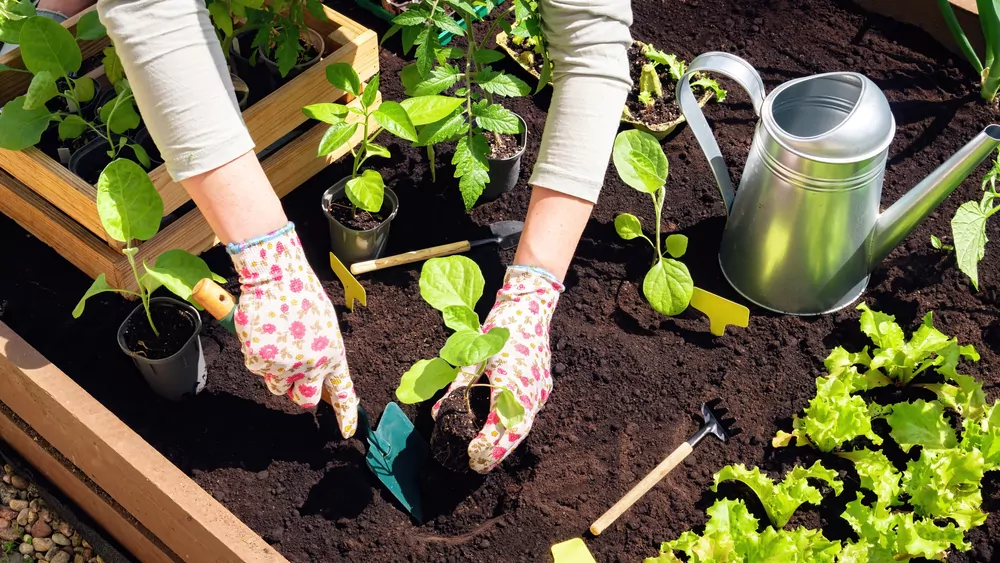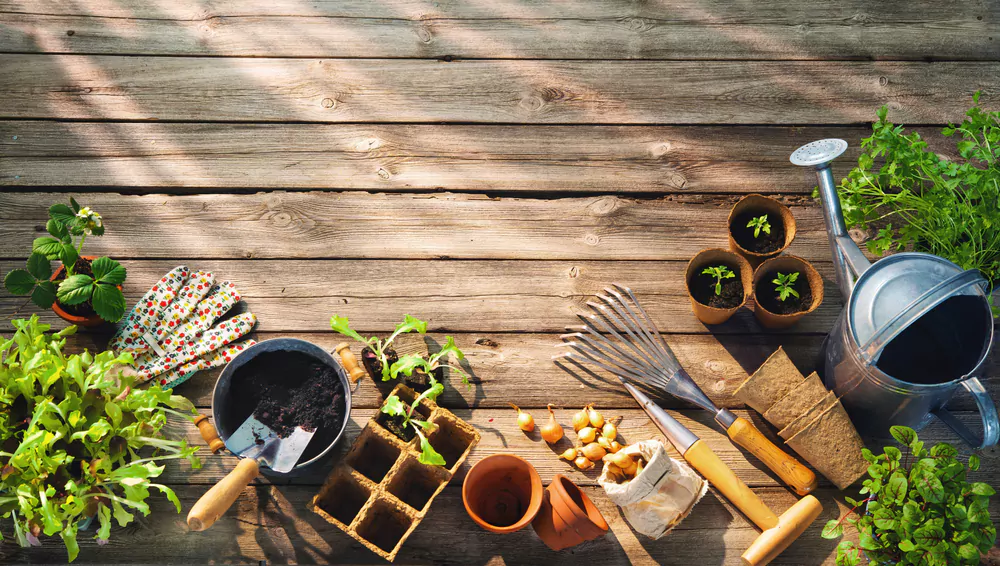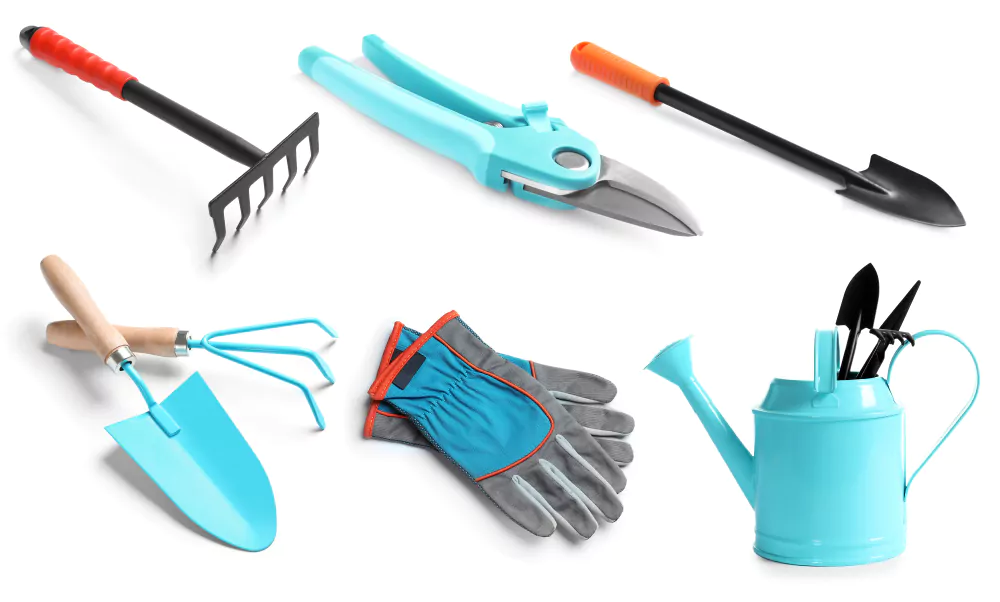Digging Tools Name Demystified: Unearthing the Essentials

Gardening, for many of us, is an idyllic pastime, a communion with nature, and a simple pleasure in our complex modern lives. Whether you’re a weekend warrior or a professional landscaper, you know that one of the fundamentals of any green-thumb endeavour is the proper use of tools. But among the array of implements available, the essential digging tools, our workhorses of the garden, often get overlooked. Let’s delve into the world of garden implements, focusing primarily on the various types of digging tools, their names, functions, and uses.
Before we dive into the particulars, it’s crucial to understand that the range of digging tools available today has been refined over thousands of years of human civilization. These tools have evolved based on the types of soil being worked on, the nature of the task at hand, and advancements in materials and technology. So, let’s get down to earth and dig into our list of the most essential digging tools name for your garden.
1 Shovels
When we think about digging, the first tool that often comes to mind is the shovel. The most common type is the round point shovel, designed to pierce the ground, lift, and move loose material. Its round, pointed end is perfect for digging holes, breaking hard soil, and even planting trees. Whether you’re creating a new flower bed, transplanting shrubs, or simply turning over the soil, a round point shovel is an indispensable tool.
A square point shovel, on the other hand, is ideal for scooping and moving loose materials. Its straight edge is not designed for digging but is perfect for leveling soil, scraping off unwanted grass, or removing the top layer of a garden bed. If you need to spread mulch, gravel, or compost, a square point shovel will make your job much easier.
2 Spades

Often confused with shovels, spades serve a different function. They’re primarily used for edging and shaping garden beds, digging narrow trenches, and transplanting smaller plants. Spades have a flat, rectangular blade, shorter than a shovel, and come in various types, including garden spades, border spades, and transplanting spades. The sharp, straight edge of a spade allows for precise cutting, making it a versatile tool in the garden.
3 Trowels
A trowel is essentially a mini hand-held shovel, indispensable for light digging tasks, such as planting small plants, bulbs, and seedlings, or for removing weeds. They’re typically made from metal with a wooden or rubber handle and come in many different shapes and sizes. Trowels are perfect for working in tight spaces, such as containers or small garden beds, where larger tools would be cumbersome. If you enjoy planting flowers, herbs, or vegetables, a trowel is a must-have tool in your gardening arsenal.
4 Garden Hoes

The garden hoe, while traditionally used for chopping and weeding, also plays a vital role in soil preparation. Draw hoes, the most common type, have a blade set at a right angle to the handle and are used for drawing lines in the soil for planting. They can also be used for removing weeds or breaking up clumps of soil. The paddle hoe, also known as a grub hoe, is used for breaking up hard soil and for digging. Its paddle-shaped blade allows for more forceful digging and chopping. Hoes are versatile tools that every gardener should have, as they can save you time and effort in maintaining a weed-free garden.
5 Garden Forks
Garden forks are fantastic tools for breaking up and aerating compacted soil. They have several sturdy tines, typically made of metal, attached to a handle. By driving the tines into the soil and leveraging them backward, you can loosen the soil, allowing for better water drainage and root penetration. There are several types of garden forks, including digging forks (for general-purpose digging), border forks (smaller forks for lighter work), and pitchforks (for turning and moving loose materials). A garden fork is an essential tool for improving soil health and preparing the ground for planting.
6 Post Hole Diggers

If you’re installing fences, posts, or planting saplings, a post hole digger is an invaluable tool. Its design allows for digging deep holes with relatively small diameters, making your work efficient and precise. Post hole diggers typically have two sharp, narrow blades that you thrust into the ground and pull back, removing the soil. This tool saves you time and energy compared to using a shovel or spade for the same task.
7 Pickaxes and Mattocks
These are the heavy-duty workers of your garden tool shed. Both pickaxes and mattocks are designed to break up hard ground, rocks, or roots. A pickaxe has a pointed end for breaking up soil and a chisel end for cutting through roots. It is ideal for tackling tough, compacted soil or removing stubborn roots. In contrast, a mattock typically has a broad, adze-like blade on one end for chopping and a pick-like point on the other. It is perfect for digging trenches, removing rocks, or breaking up hard clay soil. If you have a particularly challenging gardening task, a pickaxe or mattock can be your best friends.
8 Choosing the Right Tool

Selecting the right tool for the job is not only a matter of convenience and efficiency but also of personal safety. Here are a few tips:
- Understand the job: Each tool is designed for specific tasks. Make sure you are using the right tool for the job to make your work easier and safer.
- Size matters: Ensure that the tool you choose is a good fit for your size and strength. Using a tool that’s too large or heavy can lead to unnecessary strain or injury.
- Quality over price: Cheap tools may seem attractive, but they often break easily and end up costing more in the long run. Choose high-quality, durable tools that will last.
- Maintenance: Regular cleaning and maintenance can extend the life of your tools. Keep them dry to prevent rust and sharpen them regularly.
9 Conclusion
The rich variety of digging tools available today can be a little overwhelming. However, a basic understanding of the names and functions of these tools can help demystify them and guide you in the right direction. With the right tools in hand, you can transform your garden into a flourishing sanctuary or a bountiful food source.
Just remember, the best tools for the job are those that work well for you, fitting not only the task at hand but your body and strength as well. The right tools will not only make your gardening tasks easier but more enjoyable, leaving you with more time to sit back and enjoy the fruits of your labor. Also, you can also use these tools for gardening, check out our blog how to grow plant from seeds and start your digging project!
Happy digging!
Community Q&A
About This Article
Hardik Jethva is an experienced author of the BestCheck family. Working from scratch, he has developed an amazing interest in testing and writing about different products in a transparent manner. His writing skills got more audience for BestCheck. Apart from his professional life, Hardik has his eyes on travelling, meditation, eating healthy food, socializing with people, and car rides.
This article has been viewed 493 times.



